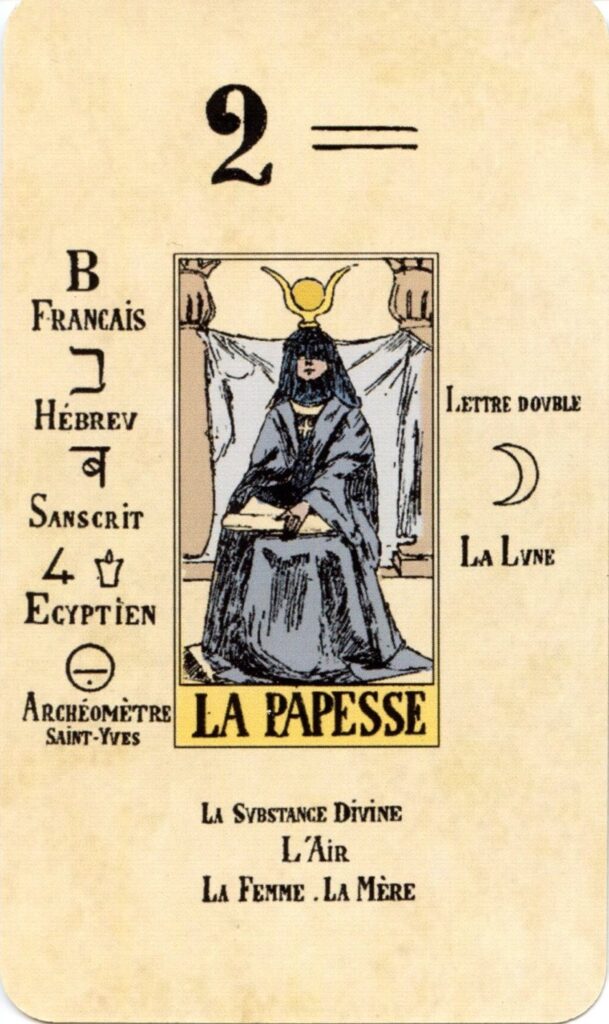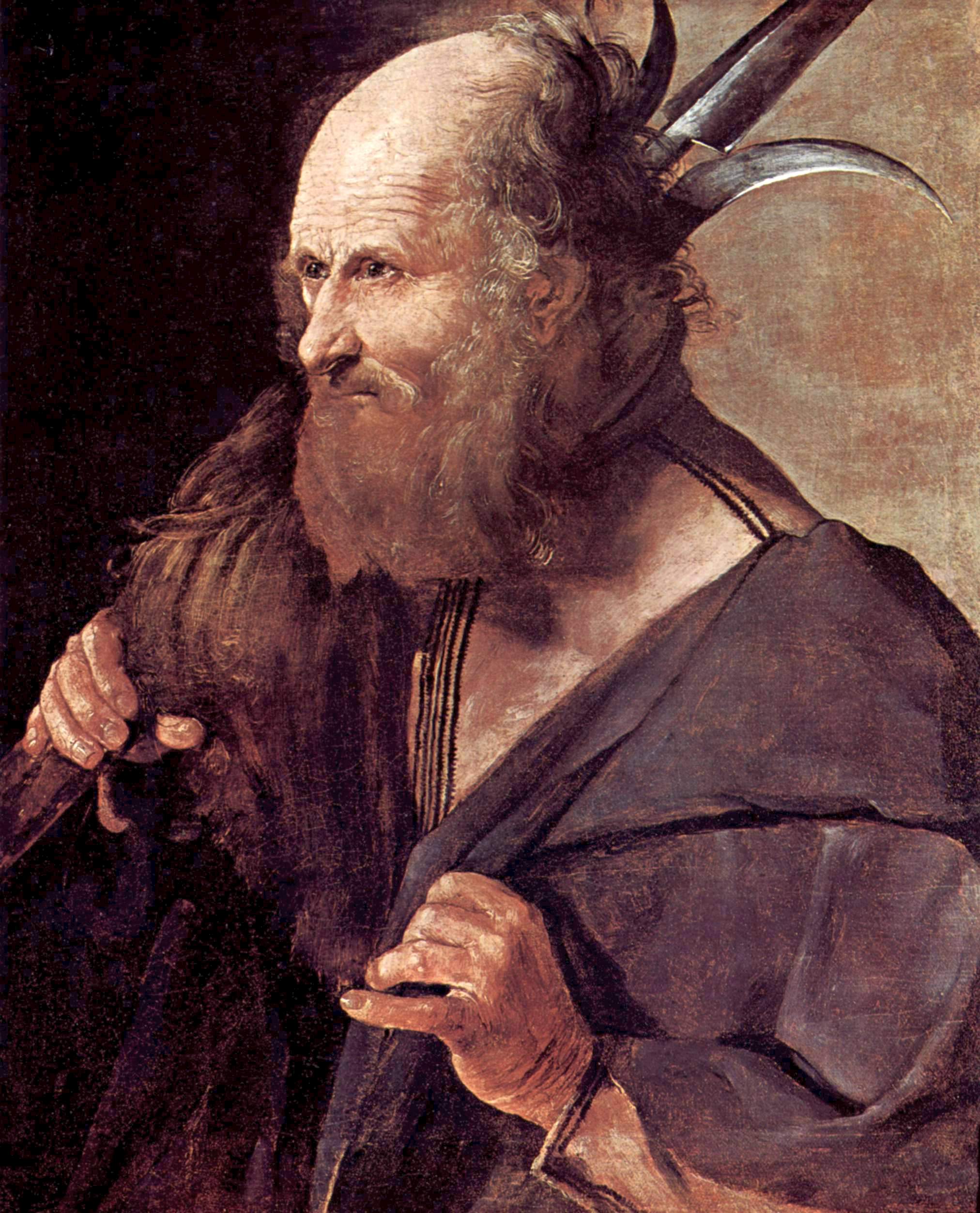There is a strange dignity, even a peculiar radiance, in those who keep faith with the lost cause. In every spiritual tradition worth its salt, there is a space reserved for the moment when every rational hope is exhausted, when prayer turns silent, and even the Gods seem to have abandoned the seeker. To persist at this edge is, in itself, a form of gnosis, a secret knowledge only learned in the absence of answers. Here, the God who hides (the Deus Absconditus), the patron of lost causes, and the archetype of the veiled oracle converge. This is the domain of those who refuse to let go, not in naïve optimism, but in the deeper, stranger fidelity that emerges when all expectation has failed.
Chapter I: The Lost Cause as Gnostic Virtue
To the surface mind, the “lost cause” appears merely tragic or deluded: a clinging to hope in the face of overwhelming evidence, an inability to “move on.” But in gnostic myth, the lost cause is something different, an existential position, a radical act of resistance against the world’s apparent meaninglessness. The gnostic knows, or at least suspects, that the world is a labyrinth of veils, that surface reality is not the last word. To hope against hope is to acknowledge that the true Light is hidden, the true Word silenced, and that faith must persist without reward or reassurance.
The lost cause is a paradox: it is both futile and holy. It is not about success or results. It is about fidelity to a deeper order that the world mocks or ignores. In this way, the one who persists in the lost cause becomes a living question mark, a challenge to the world’s shallow triumphalism. This is the hidden heroism of the outsider, the one who stands watch long after the rest have surrendered.
Chapter II: Deus Absconditus – The Hidden God
The “Deus Absconditus,” or Hidden God, is a thread running through the deepest strata of Western spirituality. From Isaiah’s “Truly, you are a God who hides yourself,” to the mysticism of the Kabbalah and the dark night of John of the Cross, this is the God who is not present, not available, not obvious.
In gnostic cosmology, this God is even more remote: the true source is obscured by layers of intermediaries, false lights, and cosmic trickery. To seek the Deus Absconditus is to live in tension, waiting on the far side of certainty, never quite sure if your longing will ever be met.
But here is the secret: in the absence, the soul is educated. When the world falls silent, when the old Gods die, when no answer is forthcoming, a different kind of knowledge emerges, one that is painful, naked, real. The gnostic value is not in easy consolation, but in the wisdom born of waiting in darkness. The Deus Absconditus is not the god of results, but the god of endurance, of questions left open, of hope maintained when hope is unreasonable.
Chapter III: Judas Thaddeus, Patron of the Impossible
In the Christian West, Saint Jude Thaddeus (not to be confused with Judas Iscariot) emerges as the patron of hopeless causes and desperate cases. His cult is a curious one: invoked by those for whom every other prayer has failed, remembered precisely because he is forgotten. This is not the saint of easy miracles or public triumphs; he is the apostle you turn to when you stand alone at the end of your own resources.
Why does Jude fit this gnostic pattern? Because to invoke him is to admit the impossibility of the situation, to enter into solidarity with those whom the world has abandoned. There is a peculiar power in the last resort, the prayer said not with hope, but with a kind of wild, wounded faith that acknowledges the silence of the heavens. The lost cause becomes a site of spiritual intensity, not because the outcome is assured, but because all is risked with nothing left to lose.
Jude’s role is akin to that of a psychopomp, one who accompanies souls at the threshold, the intercessor for the impossible, the ambassador of absence. He is the saint of those who will not let go, not out of stubbornness, but out of a deep and mysterious loyalty to the hidden light.

Chapter IV: The High Priestess – The Veil and the Secret
In the language of the Tarot, this entire territory is governed by the card of the High Priestess (La Papesse). She sits between the pillars, holding the Book of the Unknown, veiled, silent, mediating the space between the worlds. She is the keeper of mysteries that cannot be solved, only contemplated. To draw the High Priestess is not to receive an answer, but to be invited deeper into the question. Hermetically and astrologically, she is linked with the Moon, symbol of all that is changeable, hidden, ambiguous, and potent in its secrecy.
To align Saint Jude Thaddeus with the High Priestess may seem strange, but it is apt: both preside over the impossible threshold, both protect the unspeakable, both are invoked when no other aid is available. The Papesse does not grant clarity, She confers endurance, the power to remain in the tension of the unanswered. She is the altar where lost causes are held in quiet reverence, not for their likelihood of success, but for their sheer, stubborn beauty.
Chapter V: The Mythic Pattern – The Hidden, the Outcast, the Unyielding
Mythology is full of the motif of the hidden, the forgotten, the marginal. The lost king in exile, whose return is always deferred; the wounded healer, who can only cure others through his own suffering; the sleeper in the mountain, waiting for the hour of greatest need. All these are faces of the same pattern: the value of what is not seen, not understood, not rewarded.
To serve the lost cause, to persist in prayer to a hidden God, is to join a lineage of outsiders, fools, and orphans of the Light. Yet it is also to become a vessel for the one hope that the world cannot destroy, the hope that what is hidden is not gone, only veiled; that what seems impossible is not abandoned, only waiting for its hour.
Conclusion: The True Altar of the Impossible
In the end, the cause that seems lost is often the only one worth serving.
To keep faith in the night, to honour the Deus Absconditus, is to refuse the cheap consolation of closure. Saint Jude and the High Priestess alike stand guard over the altar of impossibility, where the only offering is the willingness to remain, to witness, to hope beyond reason. The gnostic secret is this: when every answer is denied, every avenue blocked, and even God is hidden, a new light is born in the heart of the seeker.
This is the value of the lost cause: not that it guarantees success, but that it forges souls capable of withstanding the night, and, by that endurance, preparing the ground for the dawn that none can predict.
